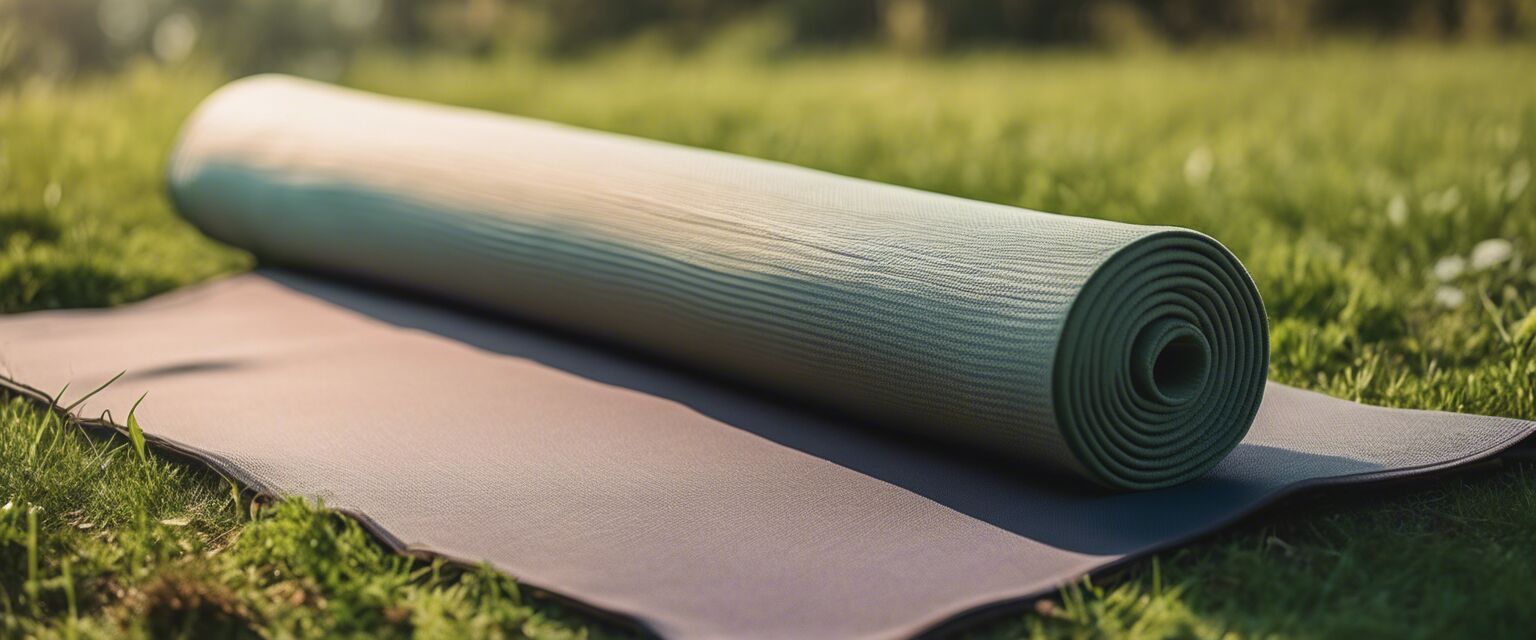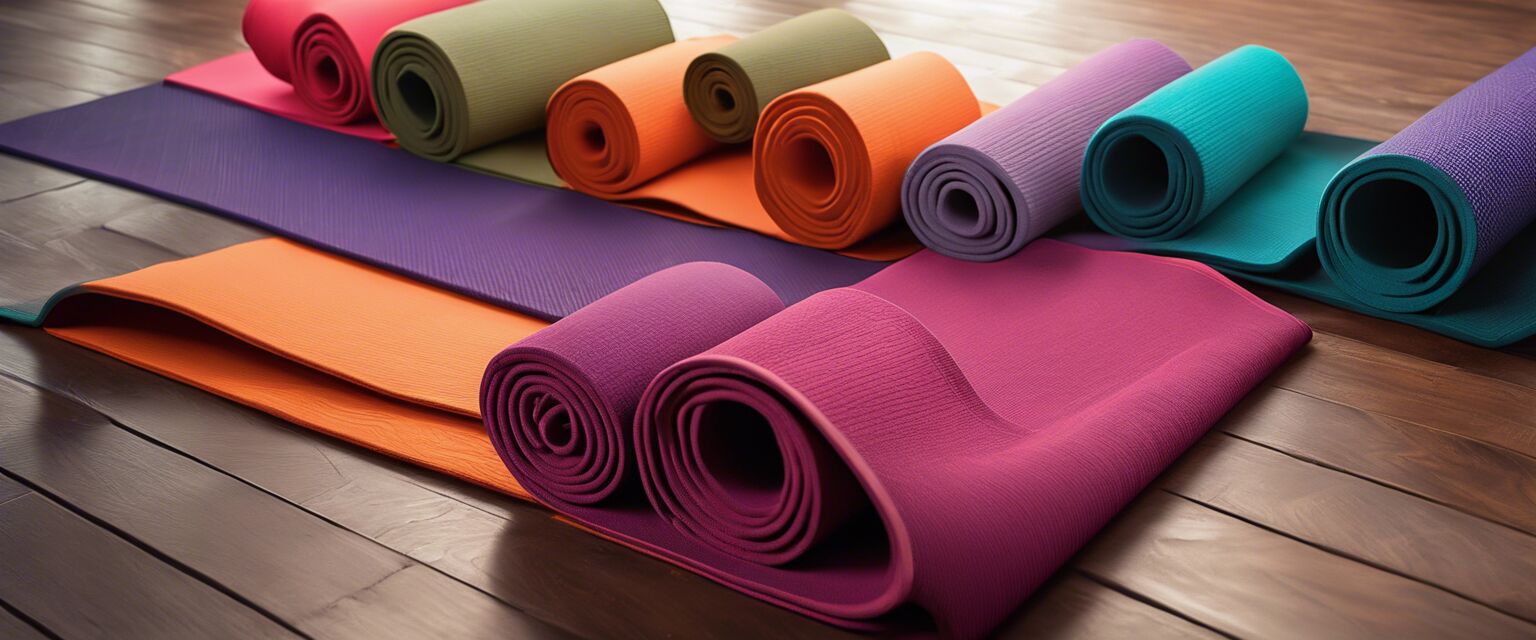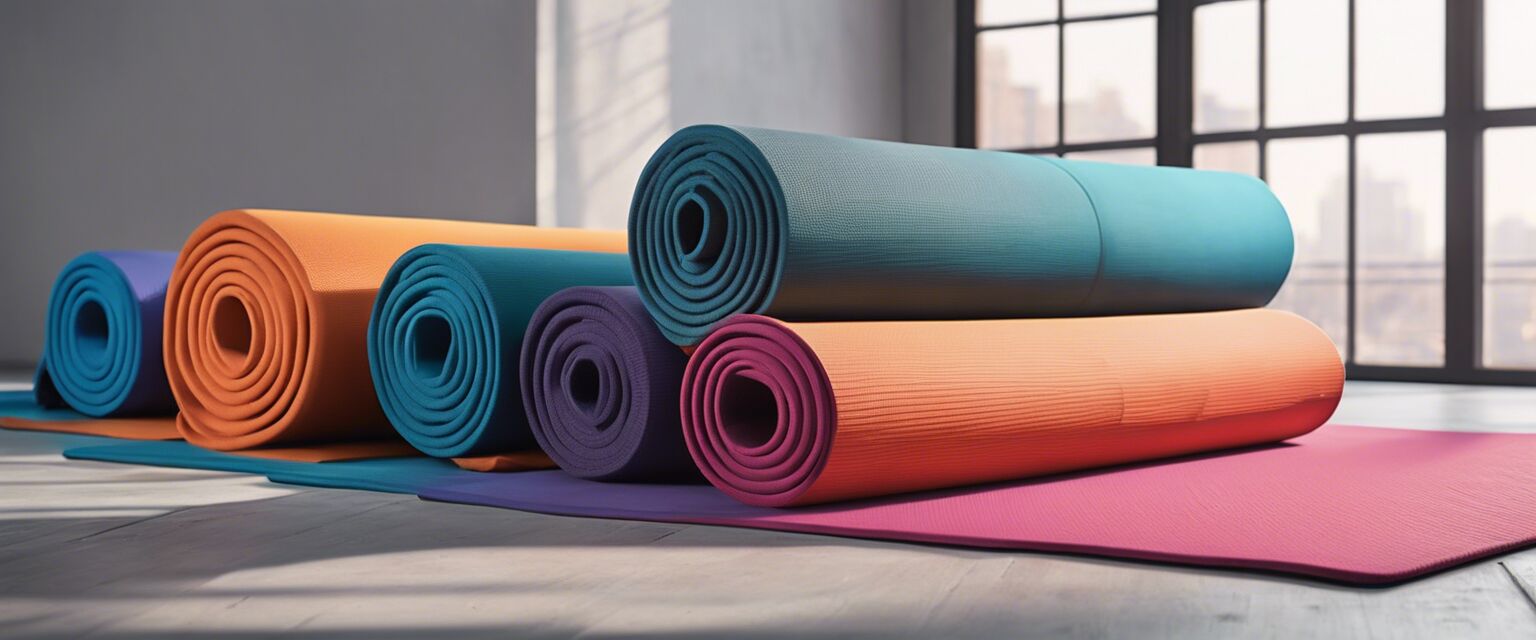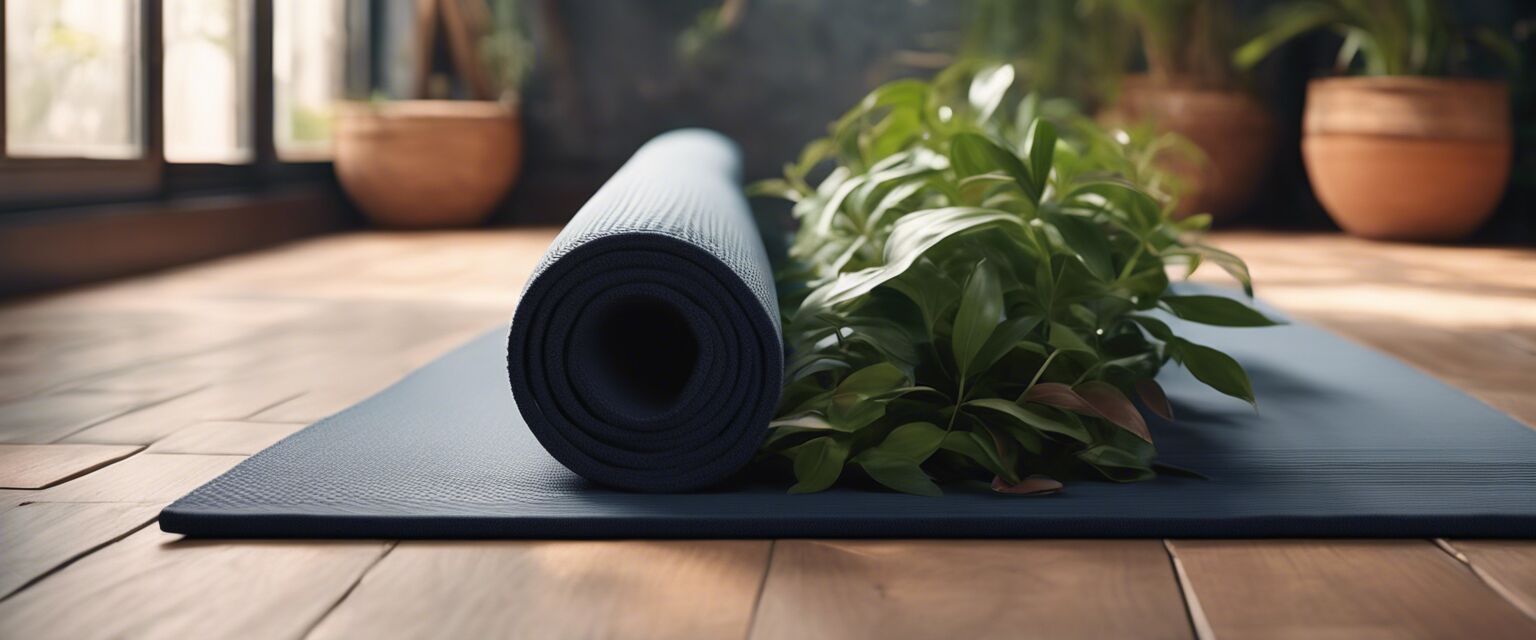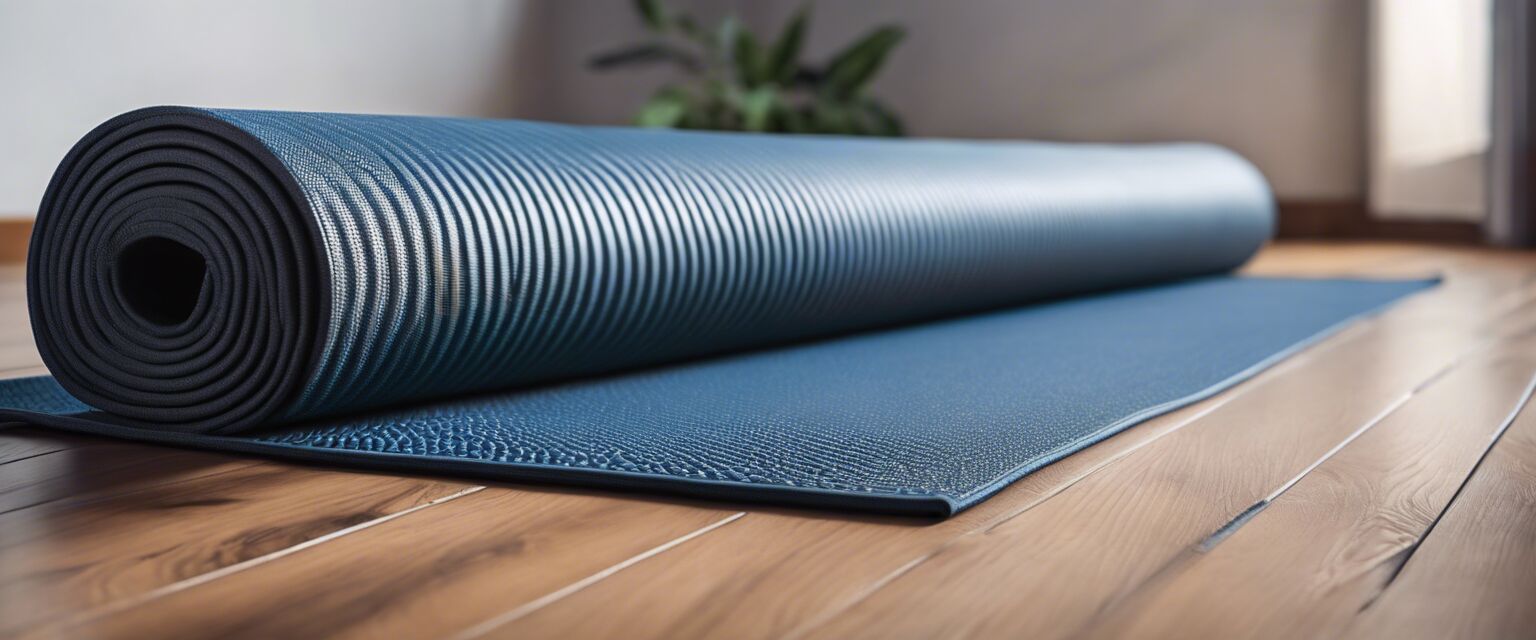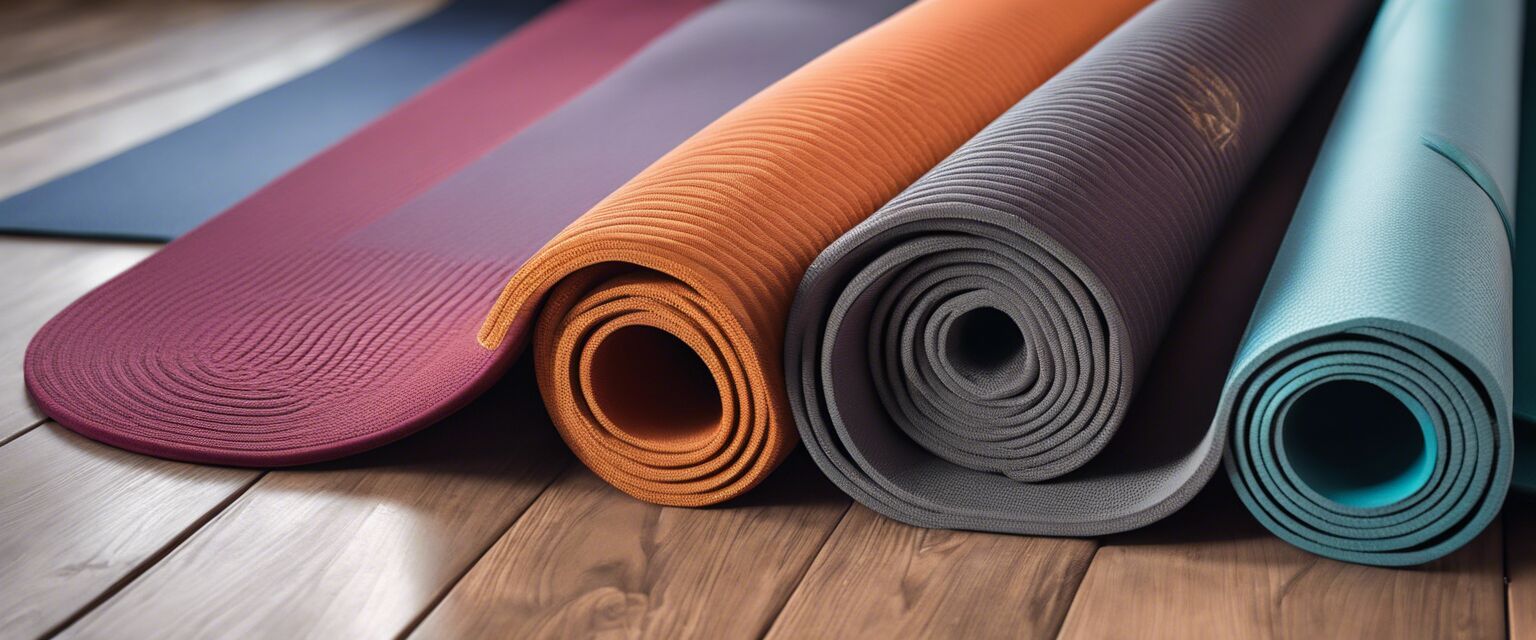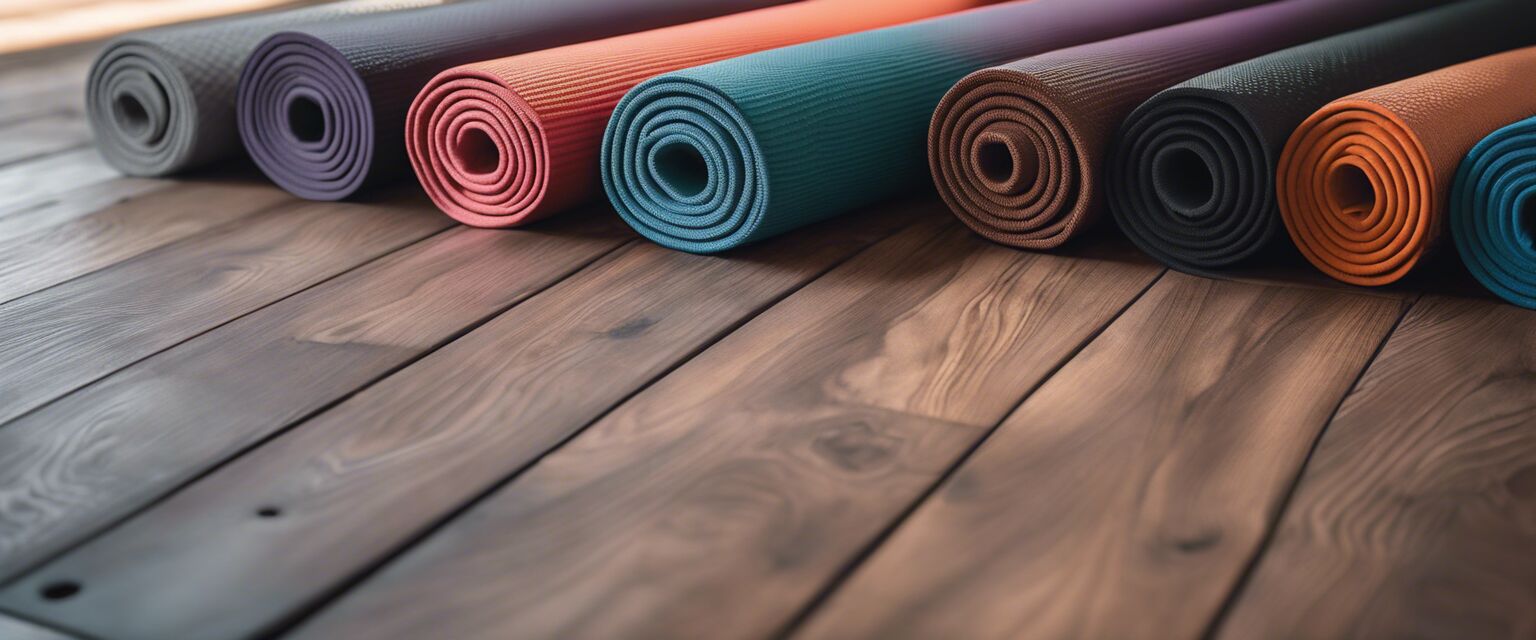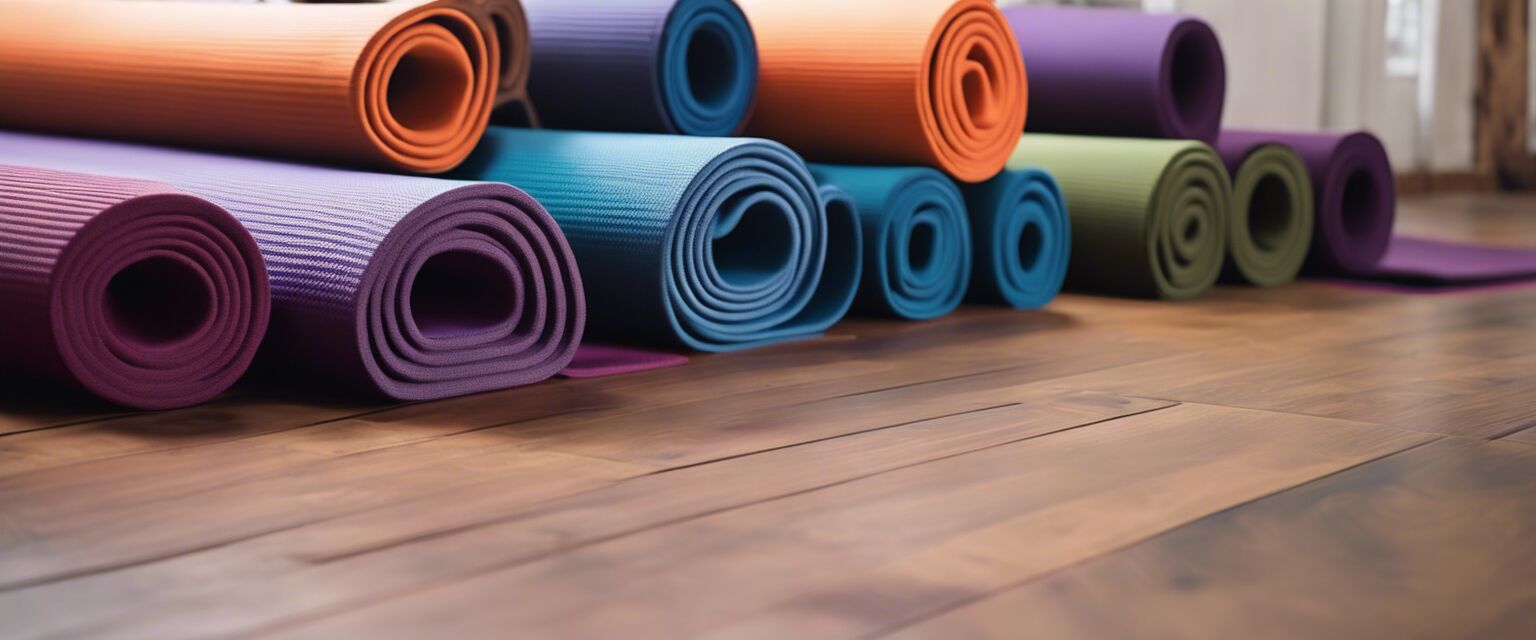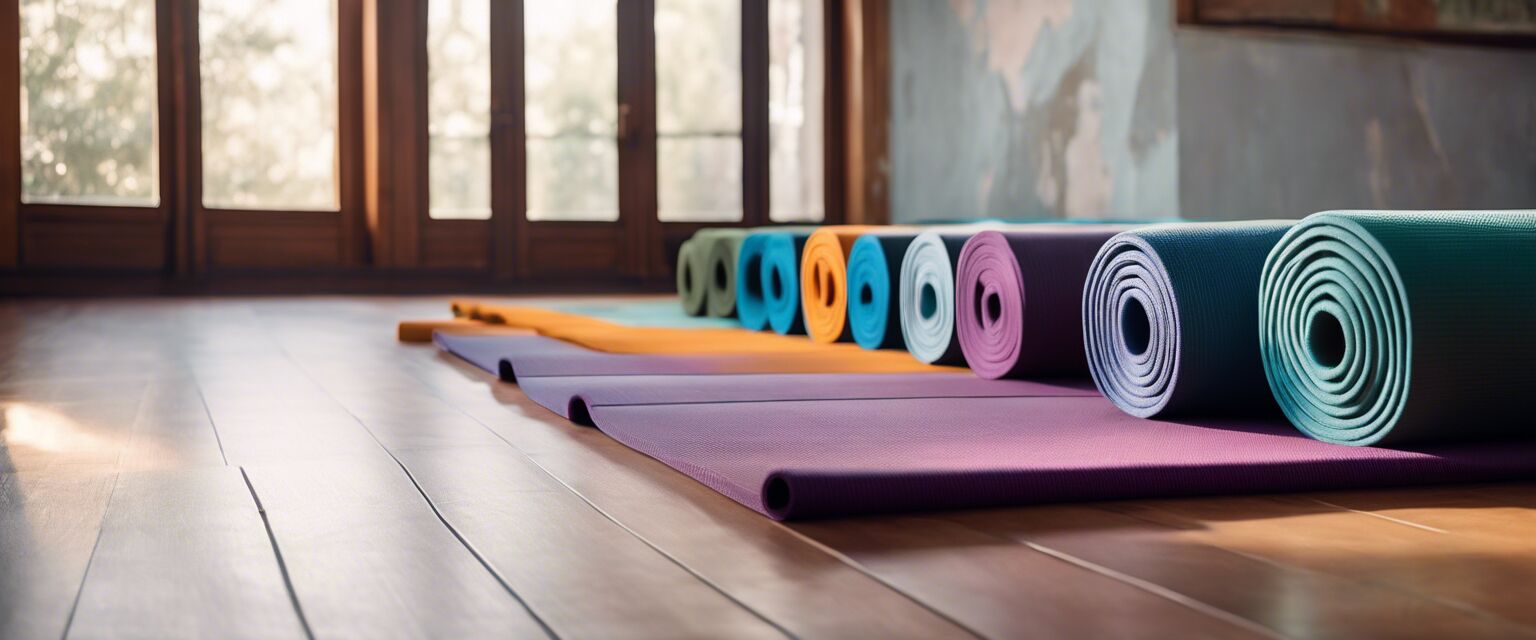
Yoga mat maintenance
Key Takeaways
- Regular cleaning enhances the longevity of your yoga mat.
- Different materials require unique care techniques.
- Storing your mat properly helps to prevent wear and tear.
- Use natural cleaning solutions for eco-friendly maintenance.
- Staying vigilant for signs of wear can improve your yoga experience.
Maintaining your yoga mat is essential for a great yoga experience and for prolonging the life of your mat. This guide will provide you with comprehensive tips and techniques to ensure that your mat remains clean, fresh, and in excellent condition.
Why is yoga mat maintenance important?
Your yoga mat collects dirt, sweat, and bacteria during use, which can lead to unpleasant odors and a reduced lifespan for your mat. Proper maintenance ensures that you have a hygienic surface to practice on, as well as making your mat last longer and look aesthetically pleasing.
Types of yoga mats and maintenance tips
| Type of Mat | Care Instructions |
|---|---|
| Eco-Friendly Mats | Clean with a mild soap solution and air dry away from direct sunlight. |
| Extra-Long Yoga Mats | Use a damp cloth to wipe down and hang to dry. |
| Hot Yoga Mats | Wipe down after each use with vinegar-water solution to prevent odors. |
| Non-Slip Yoga Mats | Regularly clean with a gentle brush to maintain texture. |
| Thick Yoga Mats | Spot clean with a disinfectant spray, and dry flat to maintain shape. |
| Travel Yoga Mats | Roll and pack tightly; use a wash cloth to clean on the go. |
Cleaning your yoga mat
Here are steps to effectively clean your yoga mat:
- Start by removing any dust or debris using a soft brush or cloth.
- Mix a solution of warm water with a few drops of mild detergent.
- Use a sponge or cloth to apply the solution, focusing on any stains or spots.
- Rinse with a damp cloth to remove soap residue.
- Hang or lay flat to air dry, avoiding direct sunlight.
Storing your yoga mat
Proper storage of your yoga mat can prevent damage and prolong its lifespan. Here are some storage tips:
- Store mats rolled up, rather than folded.
- Avoid storing them in damp or humid areas.
- Keep them away from sharp objects or abrasive surfaces.
- Use a mat strap to keep them secure during storage.
Signs that your yoga mat needs replacing
Even with proper care, yoga mats may need replacing occasionally. Look for these signs:
- Faded color or appearance that indicates wear.
- Cracked or peeling surface, which can be unsafe during practice.
- Persistent odors that cleaning cannot eliminate.
- A slippery surface, especially after cleaning.
Internal links to related articles
For further reading on yoga mats, consider checking out these articles:
Best practices for yoga mat maintenance
Here are some key practices to adopt:
Beginners Section
- Always clean your mat after intense sessions.
- Choose the right cleaning solution based on the mat material.
- Read manufacturer care instructions to avoid damage.
- Consider investing in a protective carrying bag for travel mats.
Pros
- Longer lifespan of your yoga mat
- Healthier practice environment
- Improved aesthetics of the mat
- Better grip and comfort during sessions
Cons
- Requires time and effort
- Potential costs for cleaning supplies
- Some mats may wear out faster despite maintenance
Conclusion
Regular maintenance of your yoga mat is not only essential for hygiene but also for enhancing your yoga experience. By following the tips and practices outlined in this article, you can ensure that your yoga mat stays in great shape for many sessions to come. Remember, a clean mat is a happy mat!
